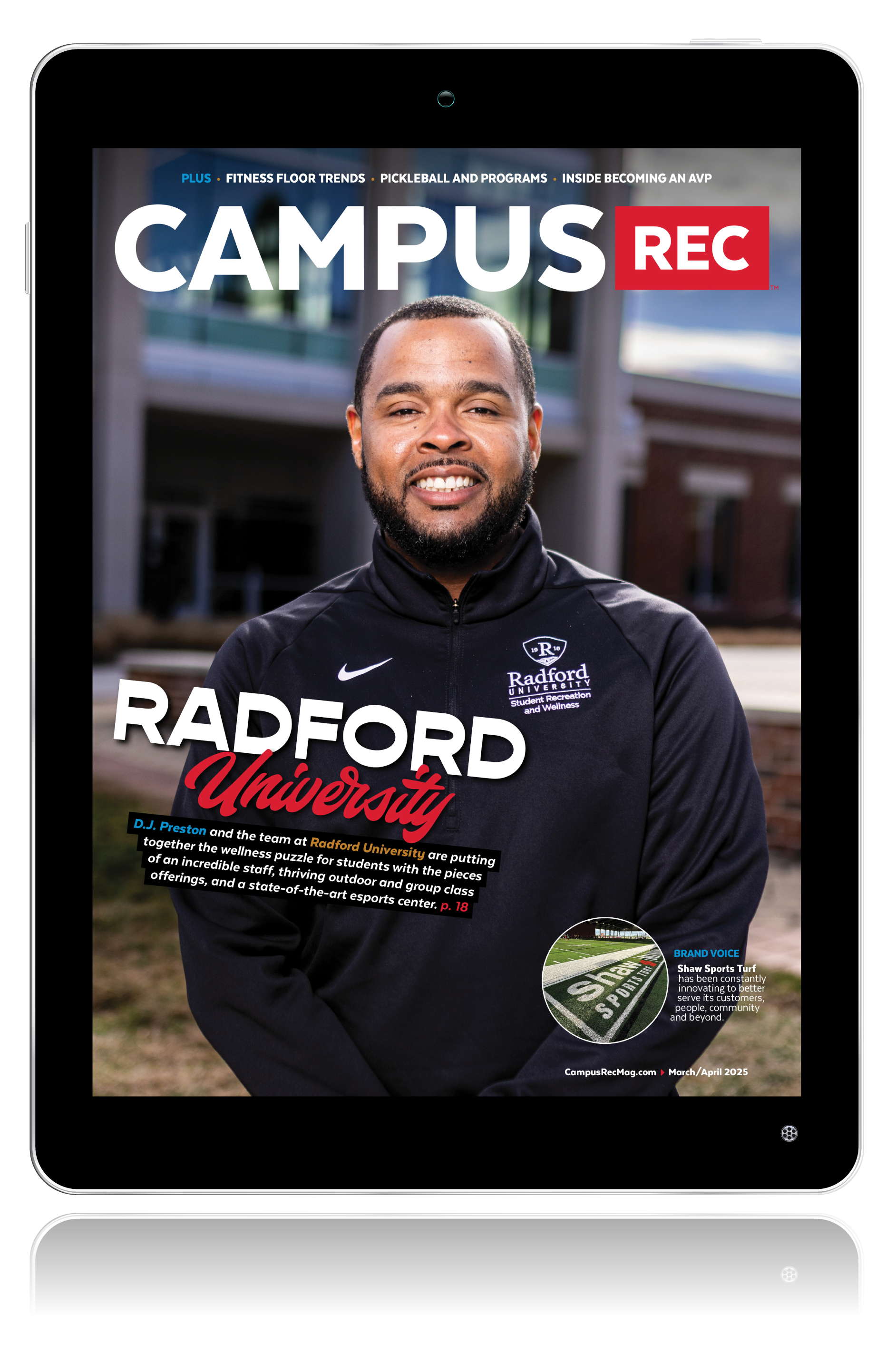With spring around the corner, universities everywhere are beginning the necessary preparations to revive the natural fields after the winter’s harsh weather conditions. Because it’s so far up north, Central Michigan University has to take extra steps to prepare their natural fields for fall, and with Michigan’s long winters and springs, the natural grass fields aren’t ready for play until after the students have left the spring semester.
Kristen Kosuda-Suhr, Central Michigan’s University Recreation Facility Operations Director, said the natural fields need as much rest as possible in the spring, and the amount of activity on the fields during the spring and summer has to be limited, to ensure the fields are dry before they begin play.
“We do not use the natural grass fields during the summer, in order to have all the fields in the best condition for the fall play,” Kristen said. “During the spring and summer, after the fields are dry, we aerate, seed, fertilize, mow and allow growth.”
Kristen said the natural grass fields are available primarily September through November. Nine sports clubs use the natural grass fields—and four of those nine have access to the University’s artificial turf surface.
When asked what the biggest challenge is in regards to weather conditions and the fields, Kristen said it’s the unpredictability of the winter and spring months in Michigan. “If we have activity on the fields too early in the spring, or too much in the summer, our playability in the fall is compromised,” Kristen said.
The weather conditions don’t only do damage to the fields—but to the University’s pockets.
“Tending to natural grass fields can be expensive,” Kristen said. “We have to balance the amount of play, especially in the spring and summer, with the cost. For example, we don’t rent out the fields to outside groups. This could be a revenue generator for the department, but we prioritize the playability for the students in the fall, so they are not negatively impacted.”
Central Michigan University’s Advice: Artificial turf is worth it.
“Those in our climate have benefitted from artificial turf. We have seen a very positive impact for our club sport participants as they utilize our new lacrosse, soccer, Student Recreation facility, which has artificial turf. We are able to play on the surface longer in the fall, and they are able to be on the field early in the spring.” -Kristen Kosuda-Suhr










